You may have some blood, swelling, tenderness, or bruising, but don't let these scare you off from getting a nostril piercing.
Pain is subjective and depends on an individual's pain tolerance. A professional piercer's pain level is only about a 5 on a scale of 1-10. It takes about 2 to 4 months for pierced nostrils to heal fully and almost 3 to 4 months for a pierced septum to heal completely.
This blog post discusses the different types of nose piercings, provides tips for minimizing pain, discusses ways to care for your new piercing, and highlights potential risks. Understanding nose-piercing pain will help you make an informed decision and ensure a successful experience.
Nose Piercing Pain: 5 Types

Let's discover the various types of pain associated with nose piercing in this concise guide. Learn about the different sensations you may experience when getting your nose pierced.
- Prickling Sensation: When the needle goes through your skin, you may feel a sharp, prickling sensation. This is the initial pain of the piercing, and it can be pretty intense. It only lasts for a few seconds and then subsides.
- Aching Pain: After the prickling sensation, you may experience a dull, throbbing ache around the pierced area. This is a normal part of the healing process, as your body sends blood and other healing agents to the piercing site. This pain can last for several days or even a week.
- Burning Sensation: During the healing process, you may also feel a burning sensation around the piercing. This is usually caused by inflammation and can be eased by applying a cold compress or taking painkillers.
- Soreness: Your body may experience soreness in the area as it builds new tissue around the piercing. The piercing may be challenging to reach or move. The soreness should eventually subside as the healing process progresses.
- Itching: Itching may occur around the piercing toward the end of the healing process. The body sheds dead skin cells and heals completely when this happens. The piercing should never be scratched or touched, which can cause infection.

The Scale of 8 Piercing Categories for Nose Pain
Let's find out how to rate the discomfort associated with nose piercings. From the initial sensation to the overall discomfort level, gain insights into the varying degrees of pain associated with nose piercings.
Nostril Piercing
Nose piercing is the most common form of piercing. The skin and cartilage of the nostrils are penetrated by a needle inserted outside. If you have a high level of pain tolerance, a nostril piercing can be painful or painless. It usually wears off relatively quickly and stops hurting after a month. The pain level is around 3-4 on a scale of 1 to 10.
Septum Piercing

Piercing the septum, located between the nostrils, inside the nose, is called septum piercing. A septum piercing generally causes pain between 6 and 8 on a scale of 1-10. It depends on the person's pain tolerance and how much pain they can tolerate.
Double Nose Piercing
A double nose piercing involves getting two piercings in one nostril. Similar pain levels usually accompany double nose piercings to nostril piercings ranging from 3 to 4.
Austin Bar Piercing
The barbell is inserted horizontally across the nose in this type of piercing. It's known that Austin bar piercing is less painful than other forms of nose shooting, with most people reporting pain levels around 2-3.
Bridge Piercing
A bridge piercing involves piercing the skin and cartilage between the eyebrows, creating the illusion of a bridge across the nose. Bridge piercing is known for its relatively high pain level, usually around 8 or 9.

High Nostril Piercing
A high nostril piercing pierces skin and cartilage above the standard placement. A high nostril piercing typically causes around 3-4 pain levels, similar to a nostril piercing.
Nasallang Piercing
A nasallang piercing consists of twice piercing the same nostril with a single barbell penetrating both nostrils and the septum. A nasallang piercing is known to be relatively painful, usually around 6-7 on a 1-10 scale.
Rhino Piercing
The rhino piercing involves vertically piercing the tip of the nose to resemble a rhinoceros horn. Rhino piercing is known to be the most painful of all nose piercings, causing pain levels of 8-9 out of 10.
Nose Piercing Pain: 4 Causes
Different factors contribute to nose-piercing pain. Some of the primary causes include:
Tissue trauma

Nose piercing involves creating a hole in the nostril using a needle or gun. This process can cause trauma to the surrounding tissues, leading to swelling, redness, and pain.
Nerve sensitivity
The nose is a sensitive area with many nerves, making it especially prone to pain. The pain threshold varies among individuals, meaning that what someone may perceive as mild pain can be excruciating for another.
Infection
Nose piercing can introduce bacteria into the body, leading to an infection. Infections can cause pain and other symptoms such as discharge, fever, and chills.
Allergic reaction
The jewelry used in nose piercing can trigger an allergic reaction, leading to pain, redness, and swelling. Hypersensitivity to nickel, commonly found in many types of jewelry is a common cause of allergic reactions.

Tips for Minimizing Pain: Preparation, During and After Nose Piercing
Let's minimize pain during and after nose piercing with our helpful tips. Take the first step towards a pain-free experience and enjoy your new piercing. We explore the suggestions for minimizing the pain of nose piercing.
Preparing for Nose Piercing
To prepare for a painless nose piercing, follow these tips:
Choose a Professional Piercer
To minimize pain during nose piercing, choose the right piercer first. An experienced piercer will ensure a comfortable and hygienic experience. Choose a piercer based on reviews from satisfied customers.
Avoid Blood Thinners

Avoid taking blood thinners such as aspirin, ibuprofen, and alcohol before your appointment. If you take blood thinners, there is a risk of bleeding during the piercing process. Use ice packs instead of pain relievers to minimize discomfort.
Eat and Hydrate
Eat a light meal and drink plenty of water before your appointment. Your body will heal more quickly and comfortably if you eat and drink before the piercing process.
Minimizing Pain During Piercing
We will discuss some practical tips to reduce pain during nose piercing:
Numbing Agents
Piercers may use numbing agents such as lidocaine to minimize pain during piercing. Before selecting this option, choose a piercer with experience and accreditation.
Deep Breathing
You can minimize pain during piercing by practicing deep breathing exercises. Breathe slowly and deeply during the process, and exhale as the needle passes through your skin.
Aftercare Tips
You can minimize post-piercing pain by following these tips:
- Keep the Area Clean: After the piercing, keep the area clean to reduce pain and prevent infection. Do not touch the spot with unwashed hands. Avoid using harsh soaps or chemicals on the piercing.
- Apply a Cold Compress: Applying a cold compress to the piercing can help minimize pain and swelling. Use clean, sanitized compresses and apply them to the area for 5 to 10 minutes.
- Follow Piercer's Instructions: Aftercare instructions depend on your piercing type and the piercer's recommendations. Follow the instructions provided by your piercer to ensure that your piercing heals correctly and painlessly.
Nose Piercing Pain: Risks and Side Effects
We will discuss the various risks and side effects associated with nose piercings.
Infection
An infection is one of the most common risks associated with nose piercings. The pierced area is vulnerable to bacterial infections, and if left untreated, it can cause serious complications. Signs of infection include redness, swelling, and discharge from the piercing site.
Allergic Reactions

Another potential risk of nose piercings is allergic reactions. The jewelry used in the piercing process may contain nickel or other metals that can cause an allergic reaction. Symptoms of an allergic reaction may include itching, redness, and skin swelling around the piercing site.
Keloids
Keloids are raised scars that form at the site of a wound. They often appear at the site of a nose piercing if the skin is pulled too tightly. Keloids can be painful and unsightly and may require surgery to remove them.
Migration
The body may try to reject the nose piercing by pushing it outwards. This process is known as migration. If your nose piercing is migrating, it is essential to remove the jewelry immediately to prevent further complications.
Nose Piercing Jewelry: Choosing the Right One
We will discuss the different jewelry materials, the best options for minimizing pain and discomfort, and the best styles for healing and aftercare.

Types of Jewelry Materials
When it comes to choosing the right nose piercing jewelry, the material of the jewelry is crucial as different fabrics can cause different reactions and irritations, affecting the healing process of your piercing. Here are some of the most common materials for nose-piercing jewelry:
- Surgical Steel: Surgical steel is a popular choice for nose-piercing jewelry due to its hypoallergenic properties. It is also durable and affordable.
- Titanium: Titanium is known for its corrosion resistance and biocompatibility, making it an excellent choice for those with sensitive skin or allergies.
- Gold: Gold is a classic and versatile choice for nose-piercing jewelry, but it is essential to ensure it is at least 14k to avoid skin irritation.
- Niobium: Niobium is ideal for people with allergies to other metals. It is highly biocompatible and comes in a variety of colors.
- Bioplast: Bioplast is a flexible, lightweight material that is gentle on the skin. It is also great for those who are active or participate in sports.
Pain reduction
While some pain and discomfort are expected during the nose piercing, specific jewelry options can help minimize these sensations. Here are some options to consider:

- Nose Screws: Nose screws are a popular choice for initial nose piercings as they are easy to clean and less likely to snag on clothing or other objects.
- L-Shaped Studs: L-shaped studs have a short post that sits flush against the nose, making them a comfortable and secure option.
- Seamless Rings: Seamless rings are an excellent option for healed piercings as they do not have any sharp edges or seams that can irritate the nose.
Styles for Healing and Aftercare
Here are some styles of nose piercing jewelry that can promote healing and make aftercare easier:
- Flat Back Studs: Flat back studs have a flat end that rests against the inside of the nostril, which can help prevent irritation and promote healing.
- Hoops: Hoops can be a stylish choice for those with healed piercings, but choosing a size and style that is appropriate for your nostril size and avoids any pulling or twisting on the piercing is essential.
- Retainers: Retainers are clear or flesh-toned jewelry worn during healing or in professional settings where visible jewelry is inappropriate.

Conclusion
Nose piercings can be an exciting way to express yourself. It is crucial to consider the potential pain involved before leaping. Understanding the differences in pain levels between nose piercings, utilizing tips to minimize pain, and adequately caring for your new piercing.
Awareness of potential risks can ensure a comfortable and successful experience with your new nose piercing. So go ahead, be bold, and confidently rock that new accessory.




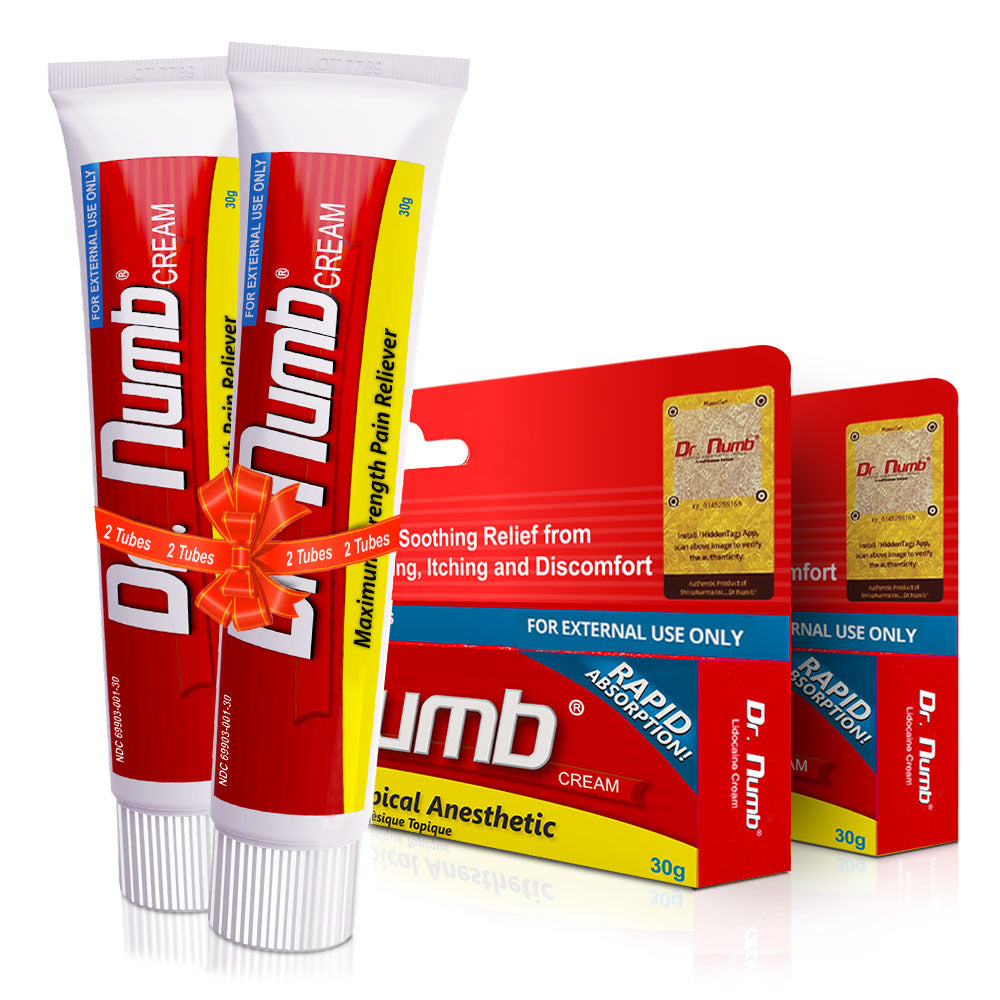

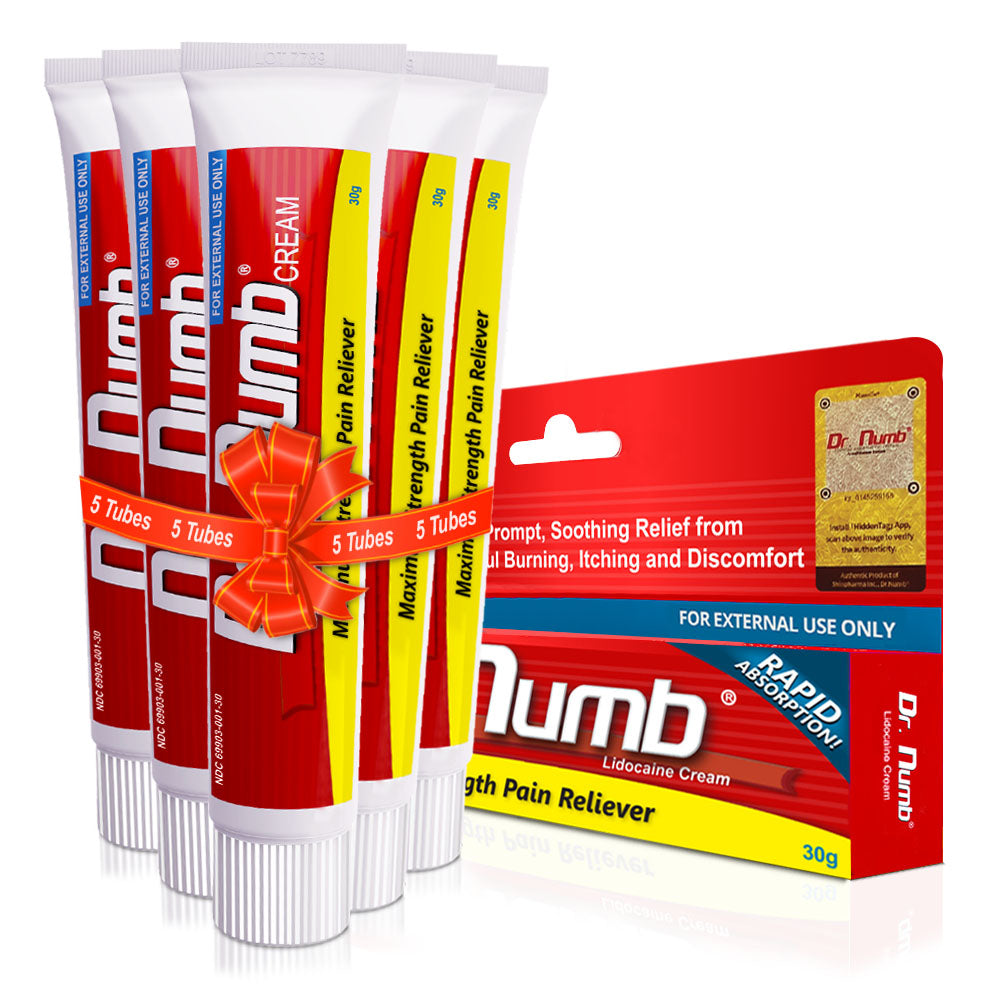
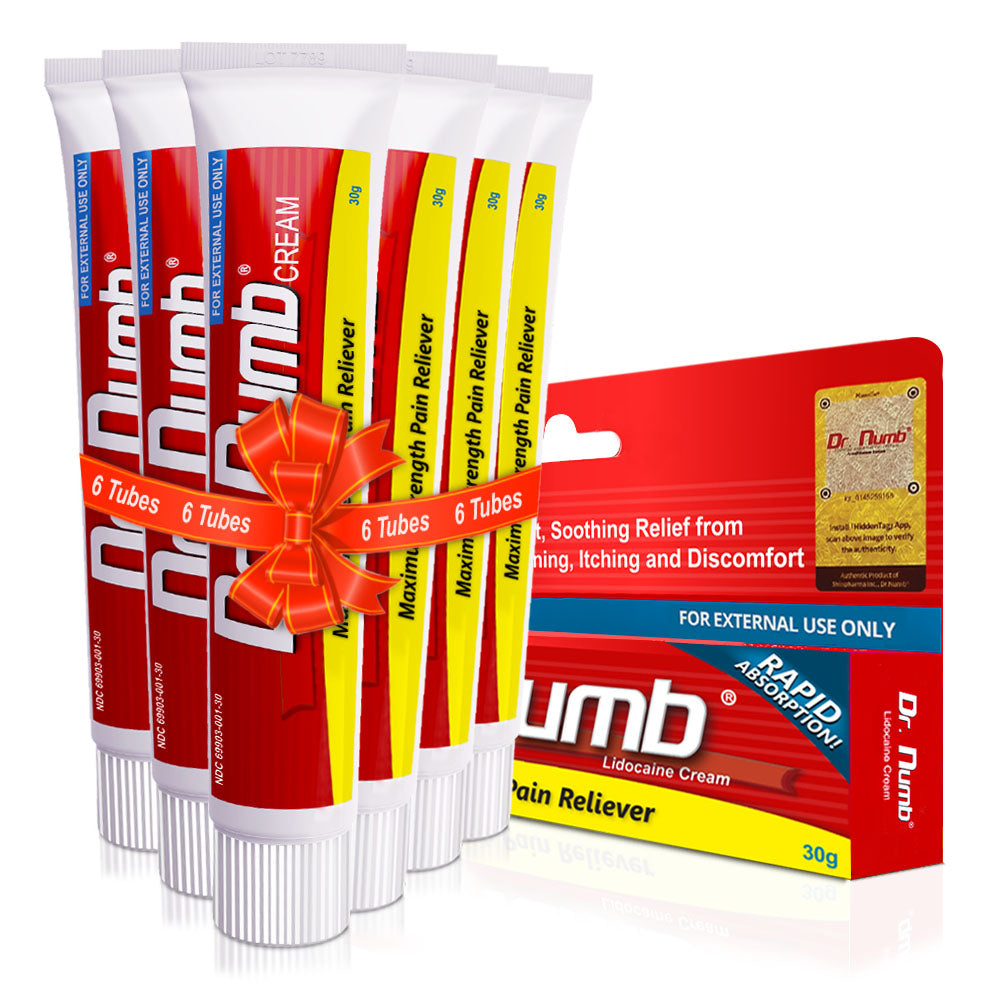
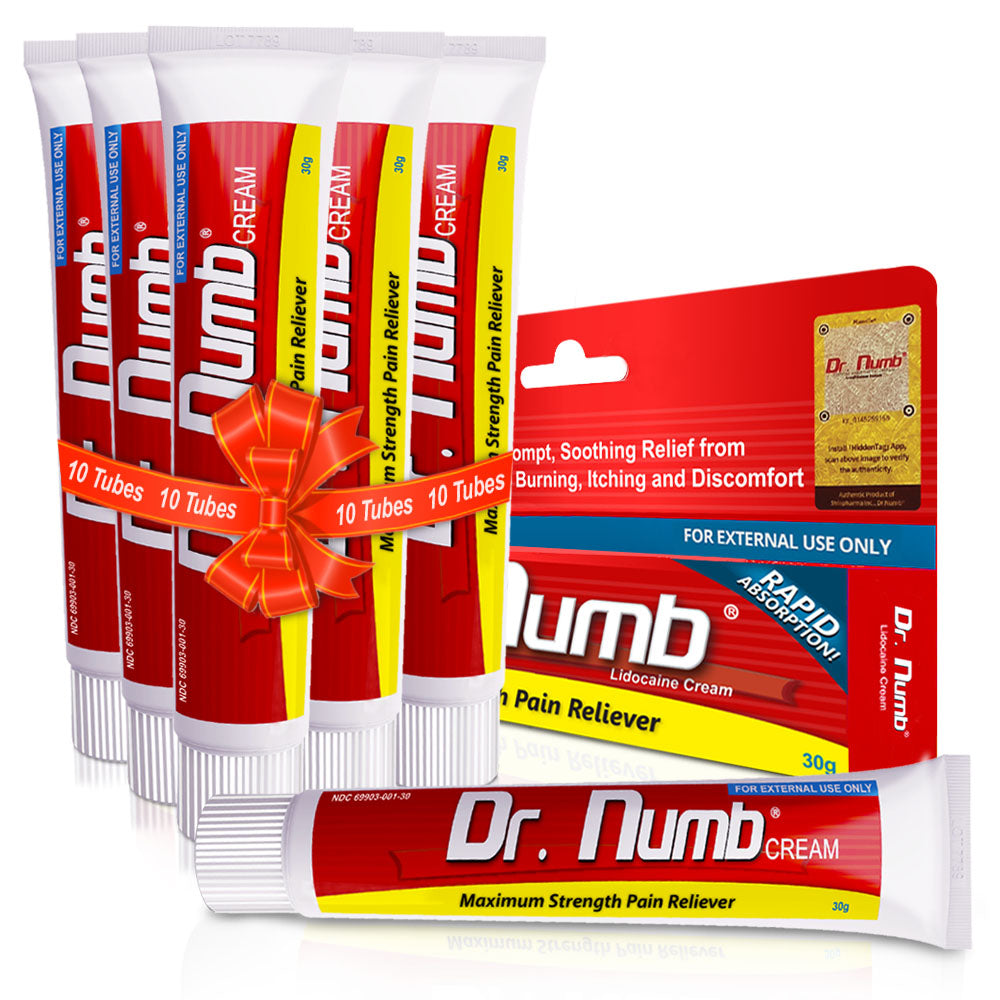
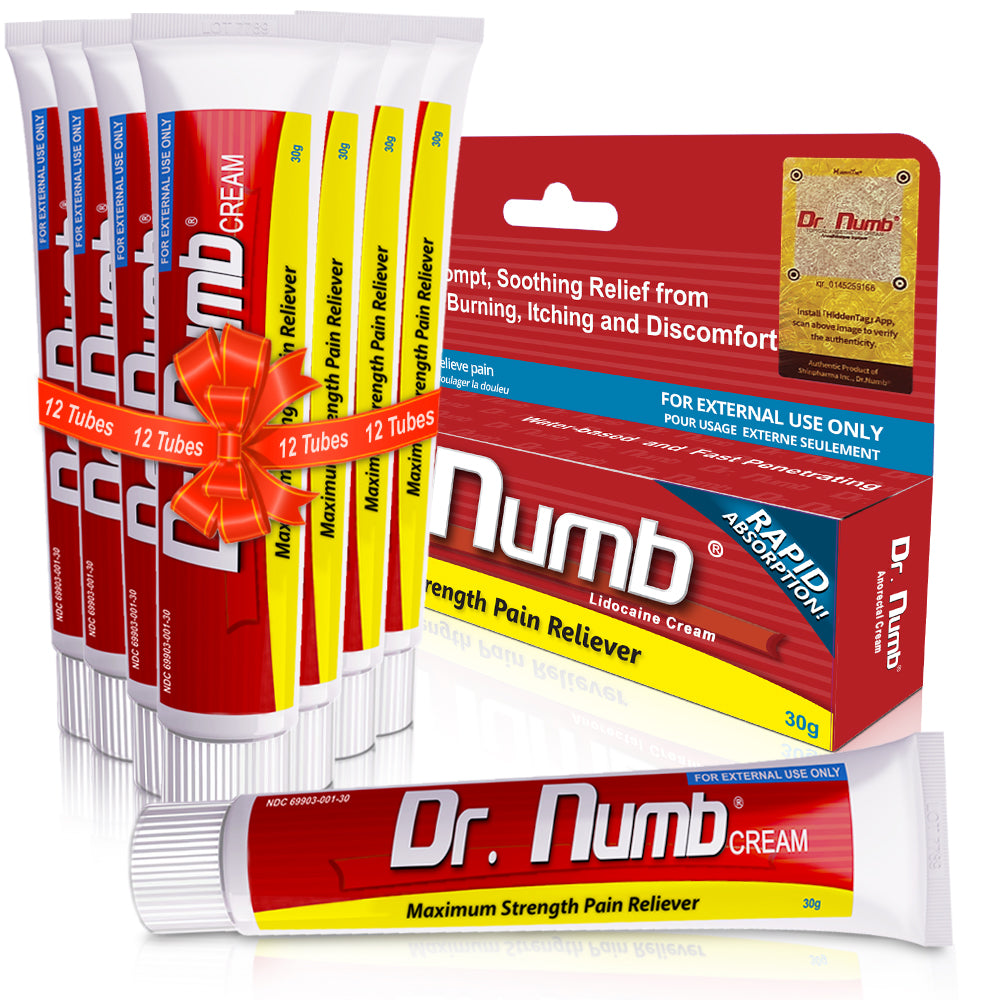





![The Recovery Time and Stages of Nipple Piercings [Best Practices]](http://drnumb.com/cdn/shop/articles/How_Long_Do_Nipple_Piercings_Take_To_Heal__3_Stages_Explained.jpg?v=1714373243)

